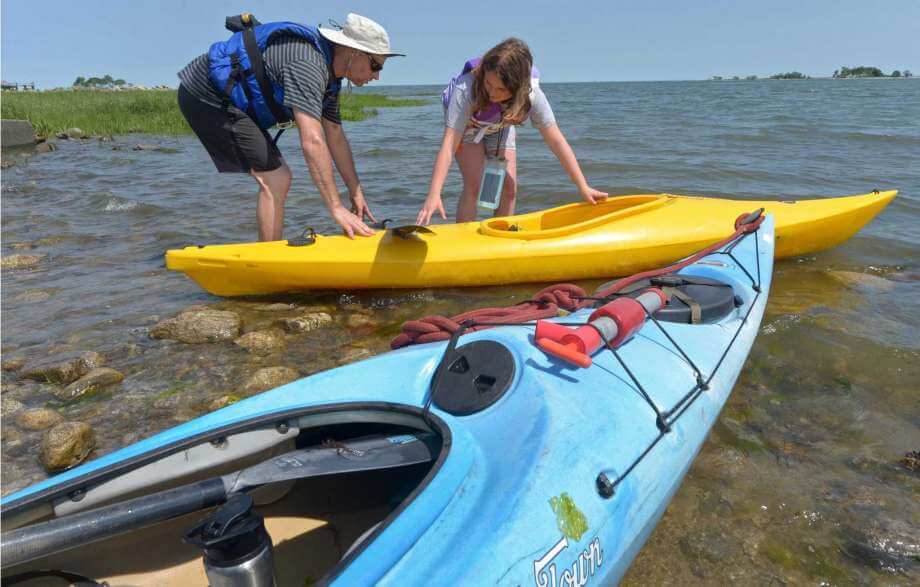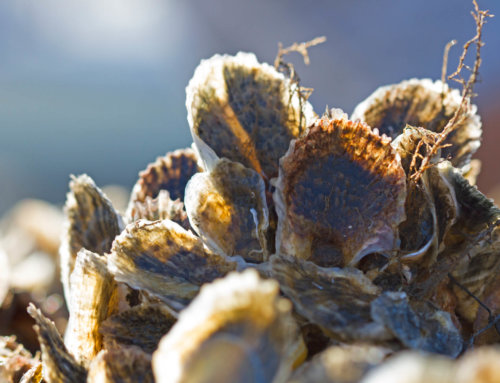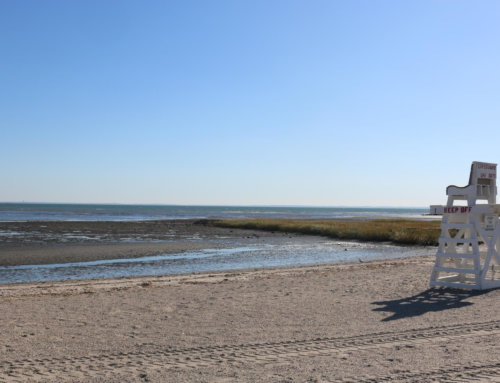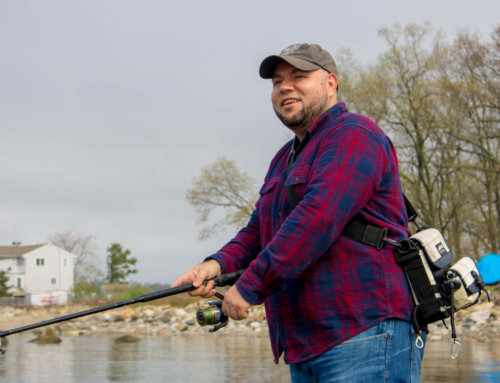How Nitrogen Pollution Threatens What People Value Most about Long Island Sound: Quality of Life
February 26, 2019 | By: Christianne Marguerite
A recent communications study conducted by The Nature Conservancy and Save the Sound found that people in western Long Island Sound communities strongly value their unique coastal quality of life. Concerned about nitrogen pollution harming recreational activities, the seafood industry, and a prosperous economy, residents support various solutions and quick local actions to improve water quality and maintain healthy communities.
A mother of two young boys, resident Nicole B. of Rye, New York, is concerned about the environmental health of Long Island Sound and how it affects her family. She chose to live here more than a decade ago due to its proximity to both the Sound and the attractions of New York City. “Rye is like the best of both worlds combined” she exclaims about her community. During the summer, Nicole spends time paddle boarding and swimming at the beach with her family, but she is concerned about the water quality. She is worried that swimming in and consuming seafood from polluted waters, may have long-term effects on the health and wellbeing of her kids. This is a valid concern for many communities around Long Island Sound.
Although progress has been made over the past twenty years to clean up the open waters of the Sound, nitrogen pollution from wastewater and fertilizers, and bacterial contamination from untreated sewage, pose serious risks to coastal waters. Too much nitrogen in streams, harbors and bays triggers the rampant growth of algae, setting off a cascade of problems. When algae decay, they are consumed by bacteria that deplete oxygen in our waters and suffocate marine life. Some algal blooms can be also harmful, producing neurotoxins that poison shellfish we rely on as a well-loved aspect of our seafood and recreational economies. Add to that the pollution that comes from untreated sewage from heavy rains that cause overflows into the Sound, and you have waters that are no longer safe for swimming and beaches that must be closed. Clearly, this pollution puts the health of our wildlife and our communities at risk, degrading our unique quality of life along the Connecticut and New York coastlines.
Long Island Sound is an estuary with great cultural, historical, economical, and ecological significance. It has historically been used for fishing by Native American communities and fishing, whaling, and trading by post-colonial settlers. The waters are now used for recreational activities such as fishing, boating, swimming and kayaking, as well as for a large-scale seafood industry that it supports. It is home to an abundance of wildlife from striped bass and oysters to sea turtles and harbor seals. Since post-colonial settlement in the 1600s, industry has grown rapidly as both coastlines have seen the growth of major cities with New York City in the center of it all. Today, the Long Island Sound region is one of the most densely populated areas in the U.S., with 23.3 million people living within 50 miles of the Sound, as estimated from the 2010 U.S. Census.
Acknowledging the importance of environmental action at the local level, The Nature Conservancy (TNC) and Save the Sound (STS) embarked on a joint communication project in 2018 to better understand how communities think about water quality issues in western Long Island Sound. The two organizations collaborated to conduct in-person and online surveys, and carry out focus groups in Fairfield County, CT, and Westchester County, NY. As a result, TNC and STS were able to learn about why people care about the Sound, what motivates them to reduce water pollution and which solutions they favor.
Our research shows that just like Nicole B., residents in western Long Island Sound value their unique way of life. From swimming, fishing and boating to peaceful walks along the beach and bird watching, people in the region overwhelmingly depend on the Sound and support actions to protect water quality for future generations. Recognizing that clean rivers, bays and beaches contribute billions of dollars annually from tourism, restaurants and boating activities to the local economy, our study participants indicated high levels of support for policies that prohibit and restrict the use of lawn pesticides and fertilizers, setting watershed-based pollution reduction targets, and establishing a public-private partnership for municipal sewage management.
“I was pleasantly surprised that the focus group participants were so aware of water pollution issues and had even investigated local problems. It was clear from the stories they shared that residents want to be part of the solution and that was really heartening” says Tracy Brown, Director of Save the Sound. Through our ongoing collaboration, TNC and STS will continue working with local leaders in western Long Island Sound and through social media to help expand awareness of water quality challenges and solutions. Learn more about actions you can take for cleaner coastal waters here.



